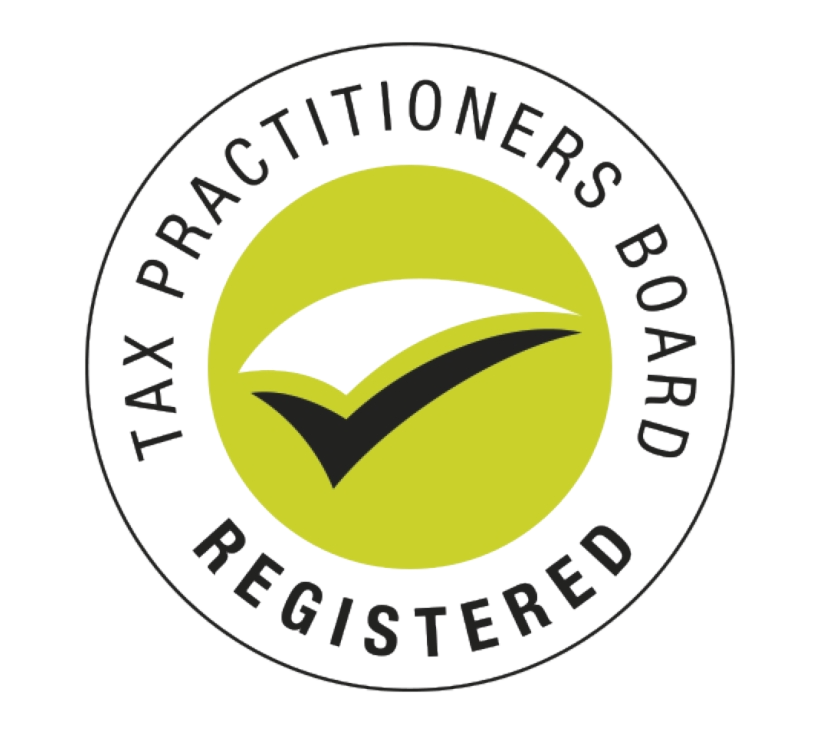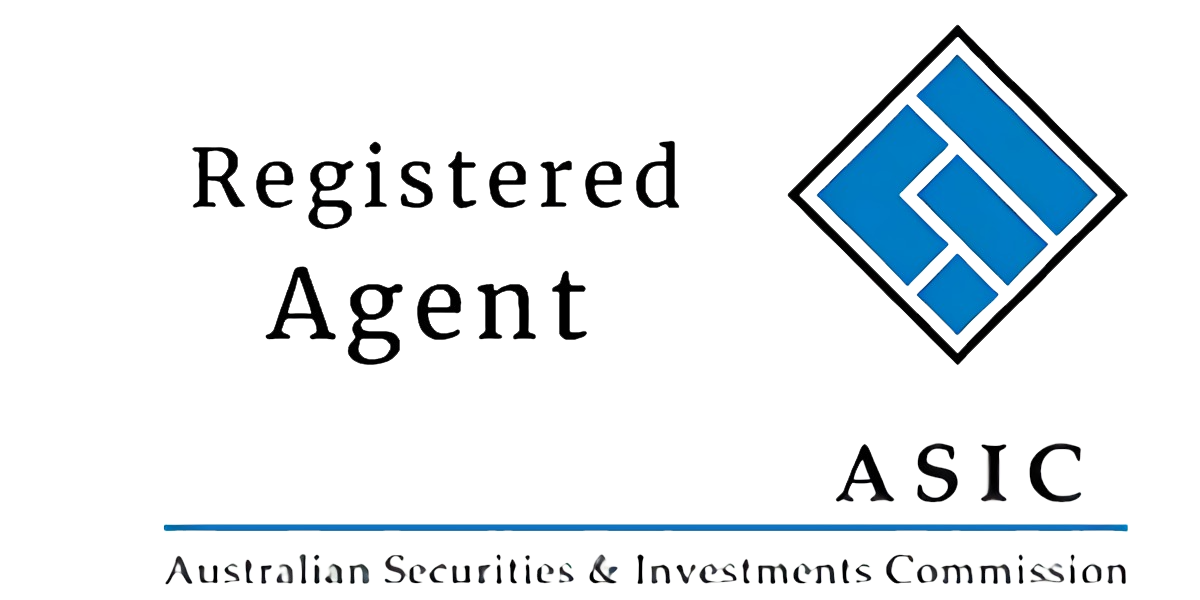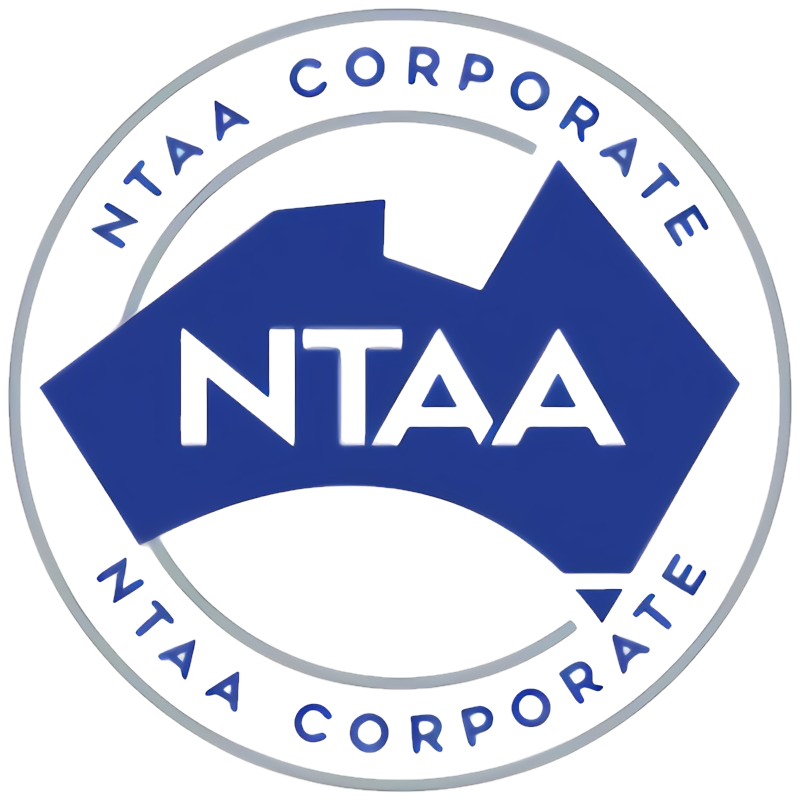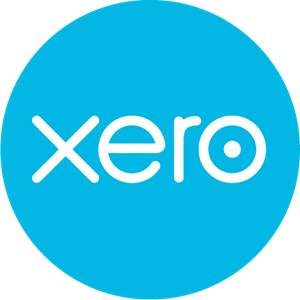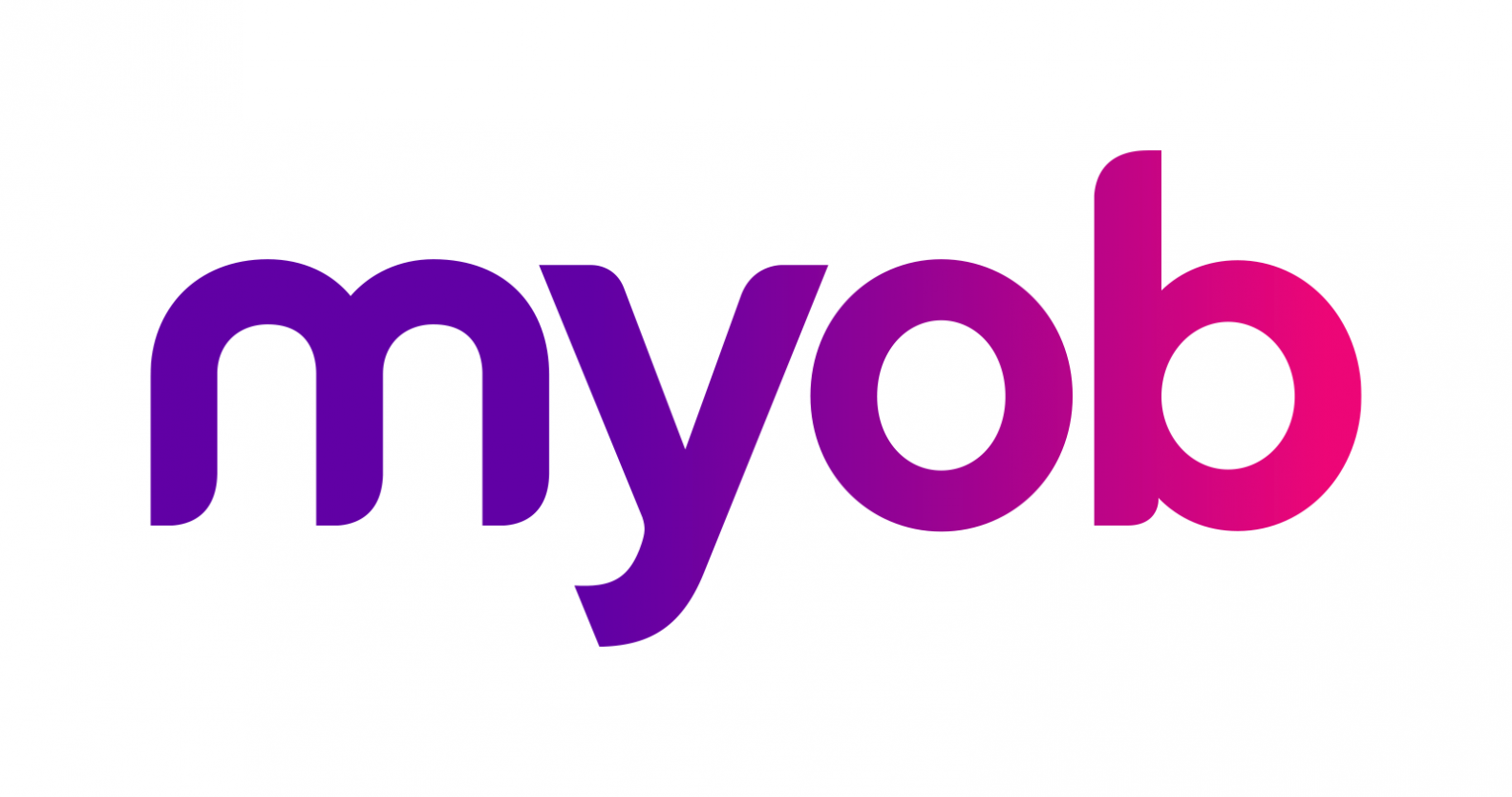
Strategic Management Accounting, cost accounting will help businesses determine the costs of products, projects, processes to ensure that financial reports and statements are as accurate as possible.
Focasting helps decision to made and answers questions like : Should a company invest more in equipment? Helping Understand Performance Variances and Strategic Management Accounting.
Strategic Management Accounting
In the field of strategic management accounting, our cost accounting services help businesses determine the cost structure of products, projects, and processes to ensure the accuracy of financial reports and statements. Through in-depth cost analysis, we assist in identifying cost components and enable more precise management of business operations. This includes a detailed examination of direct costs, indirect costs, and fixed costs, as well as a thorough understanding of the differences between variable and fixed costs. Following are some key points for Strategic Management Accounting:
-
Products/ customers profitability analysis
-
Sales analysis / Gross margin analysis
-
Product costs set up
-
Landed costs set up
-
Costs management
-
Strategic budget
View more melbourne accountant service from Wiselink Accountants
One-Stop Solution For All Your Financial & Accounting Needs
WISELINK ACCOUNTANTS – the best accounting and taxation agency based in Camberwell, Victoria offers a wide range of consulting services to serve a variety of businesses and clients.
Whether you’re a small, local business or a multinational corporation, we can help you reach new levels of success.
Get in touch with us today to learn more about our services and what our team can do for you.
What is Strategic Management Accounting (SMA)
Strategic Management Accounting (SMA) is an approach to accounting that emphasizes the use of accounting information to assist management in making strategic decisions. Unlike traditional management accounting, which focuses on internal processes and financial performance, SMA integrates both financial and non-financial information from both internal and external sources to provide a comprehensive view of the business environment. Here are some key aspects of Strategic Management Accounting:
- Focus on External Information: SMA includes the analysis of competitors, market trends, customer preferences, and economic conditions. This helps in understanding the external factors that can impact the organization.
- Long-Term Perspective: SMA is concerned with long-term strategic goals rather than short-term operational issues. It helps in making decisions that align with the company’s long-term objectives and competitive strategy.
- Non-Financial Metrics: SMA incorporates non-financial performance indicators such as customer satisfaction, product quality, brand strength, and innovation. These metrics provide a more holistic view of the organization’s performance.
- Integration with Strategic Planning: SMA is closely integrated with the strategic planning process. It provides the data and analysis needed to develop, implement, and monitor the strategic plan.
- Cost Management and Competitive Advantage: SMA focuses on managing costs strategically to gain a competitive advantage. This might involve techniques such as value chain analysis, target costing, and life-cycle costing.
- Performance Measurement: SMA uses balanced scorecards and other performance measurement tools that align with the strategic objectives of the organization.
- Support for Decision Making: SMA provides information that supports strategic decision-making, such as investment appraisals, pricing strategies, and product mix decisions.
- Customer Profitability Analysis: SMA includes assessing the profitability of individual customers or customer segments to identify the most valuable relationships and tailor strategies accordingly.
- Competitor Analysis: Analyzing competitors’ financial and strategic positions helps in understanding their strengths and weaknesses, which can inform strategic decisions and competitive strategies.
- Benchmarking: Comparing the organization’s performance against best practices or industry standards to identify areas for improvement and establish performance targets.
- Value Chain Analysis: Examining each step in the production and delivery process to identify opportunities for cost reduction, efficiency improvements, and value creation.
- Activity-Based Costing (ABC): Allocating overhead costs more accurately by linking them to specific activities, leading to better insights into cost drivers and more strategic pricing and product decisions.
- Risk Management: Identifying, assessing, and managing risks that could impact the achievement of strategic objectives, including financial, operational, and strategic risks.
- Strategic Budgeting: Aligning the budgeting process with strategic goals to ensure resources are allocated in a way that supports long-term objectives and strategic initiatives.
- Sustainability Accounting: Incorporating environmental and social considerations into accounting practices to support sustainability goals and long-term viability.
- Capital Investment Appraisal: Evaluating potential investment opportunities using strategic criteria, such as alignment with long-term goals and potential to enhance competitive advantage.
- Innovation and R&D Analysis: Assessing the financial and strategic impact of research and development activities, including potential returns on innovation investments.
- Strategic Cost Management: Identifying and managing costs that have strategic implications, such as costs related to quality, time, and flexibility.
- Balanced Scorecard Implementation: Using the balanced scorecard framework to translate strategic objectives into performance measures across financial, customer, internal process, and learning and growth perspectives.
- Change Management: Supporting organizational change initiatives with strategic accounting insights to ensure alignment with overall strategic direction and objectives.
- Supply Chain Management: Analyzing and optimizing the supply chain to enhance efficiency, reduce costs, and improve overall competitiveness.
- Integrated Reporting: Providing a comprehensive view of the organization’s performance by integrating financial and non-financial information, including environmental, social, and governance (ESG) factors.
By incorporating these elements, Strategic Management Accounting helps organizations navigate the complexities of the business environment, enhance their strategic positioning, and achieve sustainable competitive advantage.

